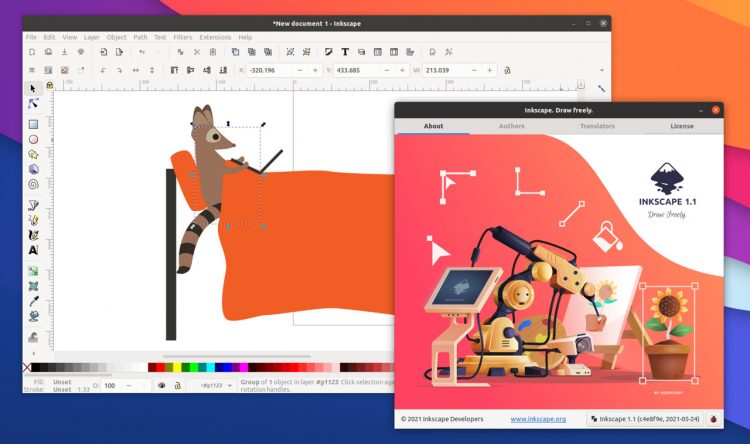
One of the problems of the standard plots (both from Excel or Libreoffice Calc) is that usually they have unnecessary guides, that don’t really contribute to a better understanding of the data. Double-clicking again outside (in a blank area of the page) makes you leave the group. We have two options to access the individual objects: 1) Right-click on the group and select “ungroup” or 2) Double-click on the group to work “inside” the group. The figure is composed of several objects grouped together. As we are now working with vectors, notice that it’s possible to zoom limitlessly without losing resolution! Now that our graph is saved in SVG format, it is time to load it on Inkscape. One of the main things to remember in this tutorial is always to export your figures in vector format! If you’re not aware of all the advantages that this brings, take a look at our tutorial on image formats. Make sure to check SVG - Scalabe Vector Graphics.

To do this, right-click on it and select “Export as Image”. The first step is to export our graph from Libreoffice in a vector format. But we can easily export our plots to Inkscape, and unleash all the potential of vector editing! Inkscape for editing plots

For this, neither Excel nor Calc would suffice, as we would always be constrained by their editing capabilities. However, if we want to take it one step further, we can really obtain any aspect we could imagine. To generate the graph, select the data, and then go to Insert > Chart.Īs on Excel, you can start adjusting your plot directly on Libreoffice. If you want to generate something similar (without manually typing all the numbers), the formulas used where “=A2+2*RAND()” on B2 and “=A2+RAND()*A2” on C2. To start our tutorial, let us use a small dataset and generate a simple scatter plot with connected lines, as seen below.

It differs very little from Excel, so you should feel at home after a few minutes.
#Inkscape tutorials vectores free
As we saw before, Libreoffice Calc is a common free alternative for Microsoft Excel, and a good way to start working on our data.


 0 kommentar(er)
0 kommentar(er)
